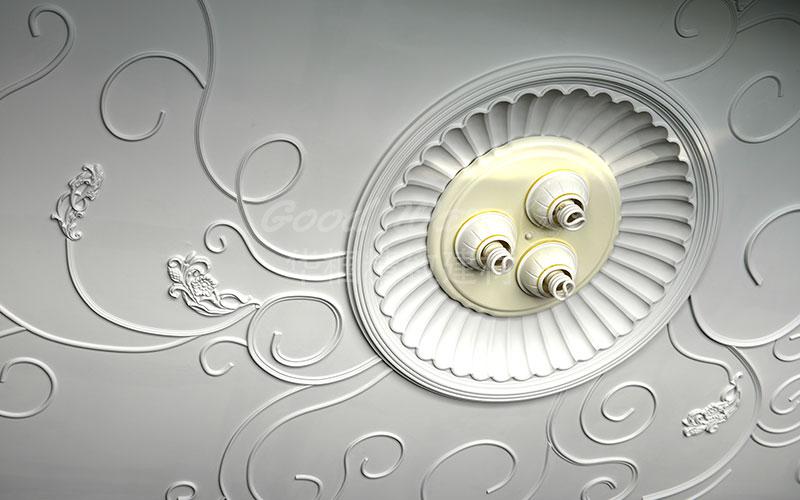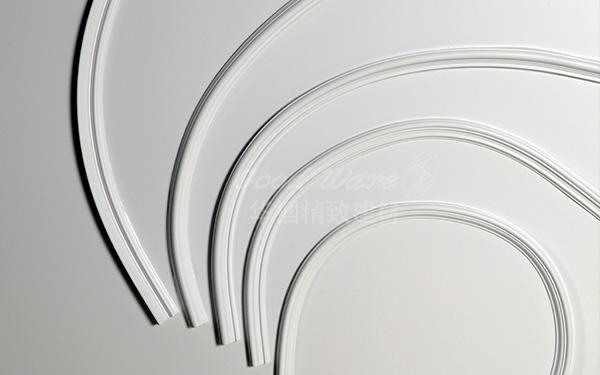
Reading this article means that you actually have a good understanding of molding.
Although crown molding can add value and elegance to your room or even transform the style. While all those results depend upon the proper choice of crown moldings.
When it comes to determination, there are several factors involved: crown molding material, crown molding finishes and the molding sizes. Now we will have a quick review and fast briefing of those determining criteria.
Different Crown Molding Materials
There are several major types of crown molding, such as wood, plaster, MDF and polyurethane.
Wood is the most popular type applied because it is readily available and contains various finishes. However, it will warp in moisture conditions. And that will remove it from many applications.
For others, plaster crown molding may be a great choice when they desire some ornamental device where intricate details are included. Moreover, plaster will not warp from humidity.
MDF, or medium-density fiberboard, on the other hand, is a composite made of sawdust and resin. If you prefer a trim that takes the look of wood at a lower expense and more applications scenarios, then MDF can be ideal.
Then it comes to polyurethane crown molding, which is highly resistant to humidity and insects. What’s more, the colors and finishes can be customized which creating infinite possibilities.
Various Crown Molding Finishes
Generally speaking, most crown molding comes in white, and you can make a request to change the finishes. Typically, if the wall color is rather white, you may want to tailor a finish to accent the transition from wall to ceiling.
It is recommended by designers to select the same color as the ceiling. So that it will create a harmonious combination. As to the styles of the crown molding, it is perfect to keep coherence to the style of your home.
Size Of Crown Molding
When choosing crown molding, it’ crucial to have the right scale. Too large molding will overwhelm small spaces or rooms with lower ceilings. On the other hand, too small molding will minimize the visual effect fitting in the large rooms with higher ceilings. Below is a chart for your reference when you choose the size of molding.
| Molding height | Ceiling height |
|---|---|
| 2-1/2’’~6’’ | 8f |
| 3’’~7-1/2’’ | 9f |
| 3-1/2’’~8’’ | 10f |






